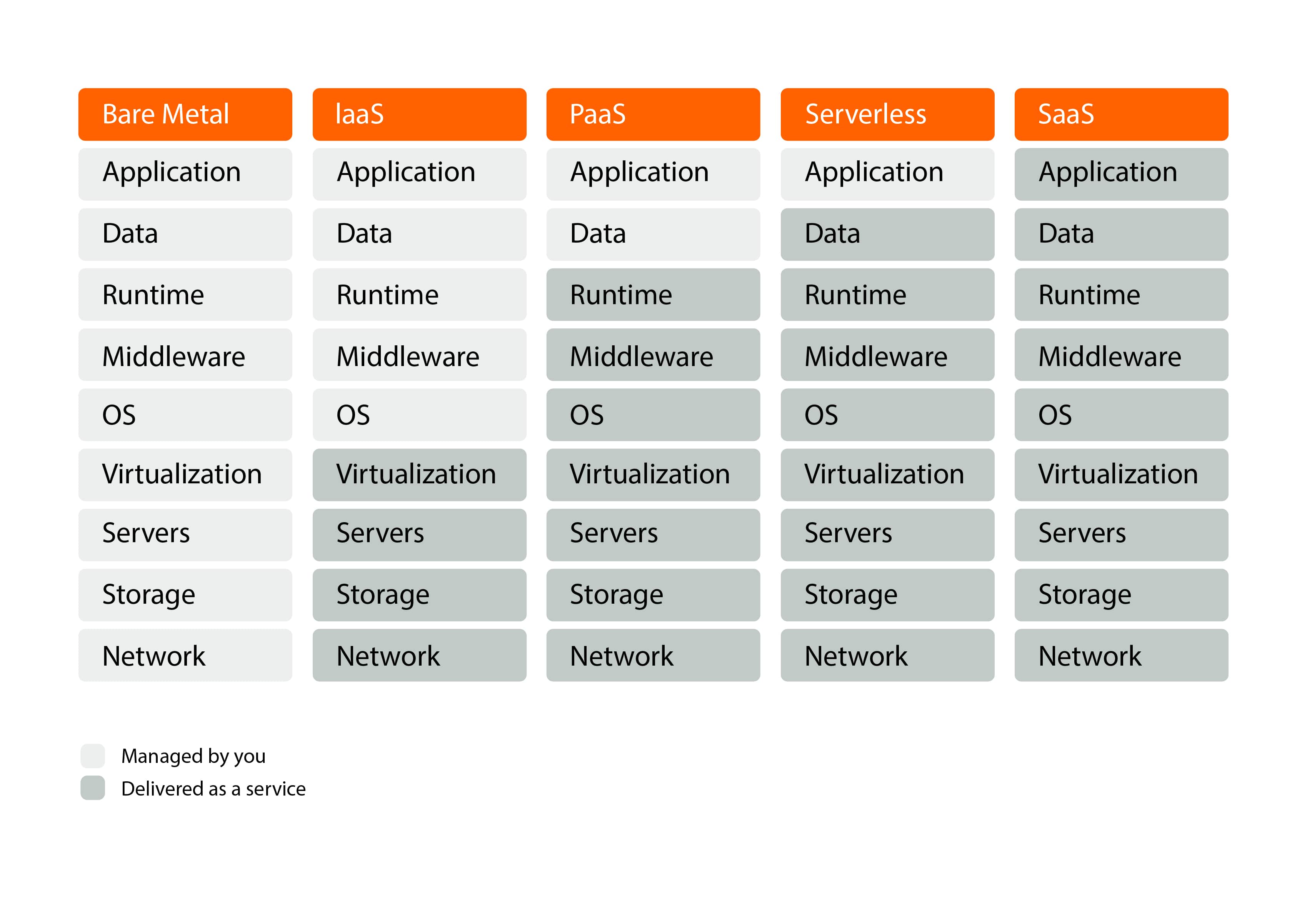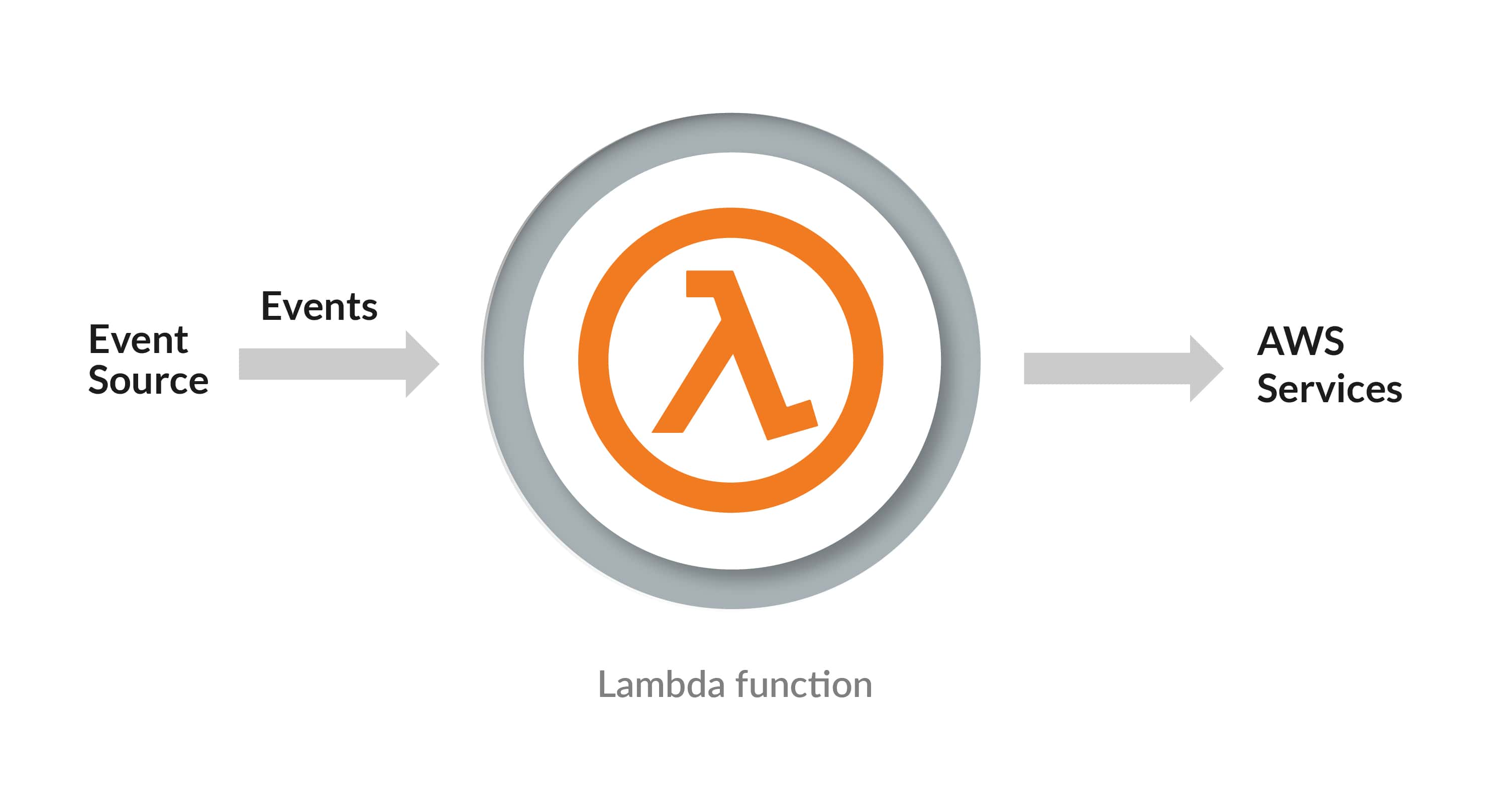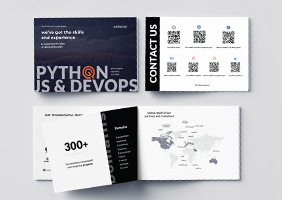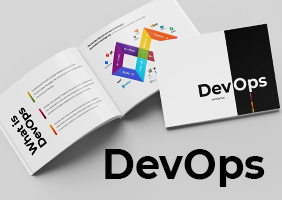Serverless is not just about FaaS and Lambda
The serverless approach is essentially business-driven process through which third parties address the technical issues relying on achieving results. Why third parties? To tell the truth, the term ‘serverless’ might be a little confusing because actually there still is a server; you just don’t manage it. The server is managed by the cloud providers - a third party - that offer services of serverless computing.
- For developers and DevOps engineers, this ensures the opportunity to actually drive backstage provisioning of servers and a more universally accessible form of developing apps.
- For businesses – faster speed to market and an opportunity to concentrate on product development, rather than on its deployment.
Leading serverless providers tools include AWS Lambda, Google Cloud Functions, Microsoft Azure Functions, and IBM/Apache’s OpenWhisk.
Very often serverless cloud computing is regarded as FaaS (Function as a Service). But it’s only partly true. The serverless model means that applications depend either on third-party BaaS (Backend as a Service) or on custom code running in controlled, abstract containers (FaaS). It means that FaaS may be a part of serverless solutions, but it’s not necessary since it also can be a BaaS.
If you still ask yourself what is serverless and what is not, AWS prepared 4 attributes that are used to define serverless:
- You don’t need to handle any servers, virtual machines, and containers.
- You don’t need to care about the scalability of your system since it’s done automatically.
- You are charged for a specified period of processing or execution rather than by unit of storage.
- Your responsibility doesn’t include fault tolerance and high availability; they’re built-in.
So, serverless is a scalable event-driven cloud computing execution model that provides built-in availability and fault tolerance.
Comparing serverless to other hosting solutions
To make a distinction between all of these hosting solutions we need to look back a bit. Cloud infrastructure and DevOps tools have evolved in the last decade to help solve much of the prior problems found in code development, implementation, and maintenance. Since cloud resources are virtualized, they are more easily built, controlled, and disposed of. It removes the need to wait for the implementation of the actual equipment.
The industry needed to shift quickly as new methods to the production of software come with each year. First, the IaaS (Infrastructure-as-a-Service) method often utilized for companies. It meant renting storage and shifting the network to databases, but it also needed teams to deal with server configuration. Then came the incremental removal of the manual server process, and the introduction of PaaS (Platform-as-a-Service).
Therefore, serverless is just the next step in cloud computing.

Serverless vs Containers
Containers and serverless are also used as systems that compete. Through closer analysis, it becomes apparent that they are separate technologies — one that can potentially compensate for the disadvantages of the other when employed for the same mission. In simple terms, containers are a compact architecture for virtual machines. They allow you to deploy individual applications inside compact, isolated environments. They are more powerful than virtual machines as containers share device resources with the host server rather than emulating a software operating system.
A solution's efficacy depends on the specific case of usage, project criteria, team expertise, and client priorities. Containers are suitable for cases when you need to:
- Preserve compatibility with the environment while computer code passes through the supply chain.
- Quickly transfer programs from host servers.
- Retain the capacity to transfer tons of workloads from on-site and cloud computing.
- Make programs immediately available.
AWS SERVERLESS SERVICES
In this article, we would like to focus more on AWS among other serverless providers, since we have more experience with this technology stack. A wide range of cloud services provided by AWS covers all the needed features for a backend solution. Being tightly integrated with one another, AWS services form the principal components of a serverless application. They include facilities for computing, storing using Amazon Simple Storage Service (S3), databases, API Proxy, orchestration, and analytics. Each of the components can be executed with an appropriate AWS product or two.
Learn more about the AWS services we provide
This abstract will mostly focus on AWS Lambda as a compute layer of your serverless framework. This is the place where your code is run without provisioning or managing servers.
The basics of AWS Lambda
AWS Lambda is a large-scale, function-based, provision-free serverless computing service that provides your code with a control plane and logic layer. A number of events happening on AWS or supporting third-party resources may activate Lambda functions. Now, you are able to build an event-driven system, an architecture that reacts to a single change of event state.
Lambda essentially runs additional copies of a function in parallel if there are overlapping events to react to. Lambda functions correlate precisely with the size of the workload. Therefore, the probability of making a server or container inactive is exceedingly low.
Lambda may be defined as a serverless Function-as-a-Service (FaaS) class. As we already know, FaaS is one method for the development of event-driven computer systems. It is focused on functions as the delivery and execution structure.

Lambda helps you to run code with almost every type of program or backend application. With high availability, Lambda runs and scales the code. In order to integrate your source code with a Lambda function, one doesn’t need to code anything. You neither need to handle any of the infrastructures that identify events and address them to your function nor control scaling of the Lambda function to suit the amount of generated events. Using AWS Lambda, you only concentrate on the logic of your application and manage the event sources that run your logic.
Since executing code is the reason why you use AWS Lambda, the code may be written in any of the languages that it supports, including Java, Go, PowerShell, Node.js, C#, Python, and Ruby. As well as any application or services that you've submitted alongside the application you've written. You are also allowed to use any libraries, artifacts, or compiled native binaries that can be performed in addition to the runtime environment.
If you got inspired by these pieces of information, AWS experts have taken care of tools that will help you get going with Lambda right away. No matter what is your seniority level in software development.
- You may begin with a 10-minute tutorial - https://aws.amazon.com/lambda/getting-started/.
- Or you may also dive deeper and work through the Developer Guide - https://docs.aws.amazon.com/lambda/latest/dg/getting-started.html.
Benefits of serverless architecture
Why would anybody switch to serverless? The 4 attributes may also be considered as the benefits of serverless computing. Naturally, they lead us to such advantages as reduced usage of hardware infrastructure and operational expenses, faster time-to-market, improved service reliability, less downtime, and greater efficiency.
Reduced total cost
Serverless allows you to save on the infrastructure, operational activities, and engineering resources. Your benefit from reduced maintenance costs relies on the fact that you do not pay for unused computing resources. You only pay when you run the function. Since you no longer have to think about server-related problems (such as server provisioning and server security), the operational costs are minimized as well.
Minimized infrastructure
Serverless computing services are performed on pre-existing servers and run functions for countless customers. The services are tiny snippets of code intended to execute a single feature. Because you are actually utilizing someone else's hardware to perform your serverless operations, there is no infrastructure even remotely. You just write code and deploy it.
High scalability
If you want to be among the top-world business leaders, like Google, you need to know that your server can withstand a load like this. Working for an infrastructure that is serverless helps you to adapt to new changes. If the app works and expands, improvements that will manage the development would be quick to stage while using a serverless architecture.
Faster time-to-market
Since you just write code and deploy it, massive backend structures may be produced in less time due to the automation of technology and reduction of complexity. This speeds up the cycle of production which typically contributes to a quicker time to market with better distribution which allows your business to grow.
Eco-friendly computing
With a global warning about climate change as an immediate danger to the environment, companies and organizations need to be aware of how they function and store their data. One way to have environmentally friendly sustainability is to go serverless. Serverless computation, for example, means that companies don't overuse electricity and cause fewer concerns without any physical servers and data centers that emit toxic radiation as they cool down. Not to mention scalability. Due to its scalable nature, serverless eliminates the need for setting up more bare metal servers at your office.
Application of serverless computing
Many of the technology users are currently in the search of a possibility to painlessly expand and reduce the entry burden. Serverless is, therefore, a good solution for systems that shouldn't operate constantly but may have some quiet traffic intervals and some load peaks.
CI/CD practices
Probably, the first thing that comes to your mind for the application of serverless computing is a CI/CD pipeline. And that’s great since the idea of running the code only when a specified event is activated is entirely compatible with the DevOps tool of Continuous Integration and Continuous Delivery. Separating the codebase into categories can also assist in error fixes and improvements for delivery. Serverless is a relatively nice way to achieve full efficiency and fast delivery.
Internet of Things
The nature of real-time serverless response functions very well for IoT solutions. Motion-activated cameras, along with applications that respond to changes in the environment, temperature, or health conditions, are ideal for the serverless model that won't enable the services to stay inactive 24/7.
Rich on images applications
Developers need to have several variants of the same photos for various screen types to ensure a better user interface – from desktops to tablets to smartphones. This reduces the loading process dramatically. Yet AWS and Google's tooling would dynamically customize the photos for any use, making it a great option for image-heavy applications.
Virtual assistants and chatbots
Users of chats demand instant answers which is why the production of serverless data can be quicker. When the framework expands from one hundred to several thousand people, the response time with serverless computing services will still stay the same.
Learn more about us and our services with these brochures
Wrapping up serverless architecture pros
If serverless seems to be a perfect match, then there is no justification why you would not pursue it. The right step is to go for an event-driven serverless architecture. The serverless methodology provides advantages for developers and brand owners respectively. The former will release their minds from questions regarding services and concentrate on the main product. Company owners will invest less in operating a cloud, have greater scalability of operation, quicker time to market, and capacity to grow and scale. All of these pros are possible for you if you choose Quintagroup.






